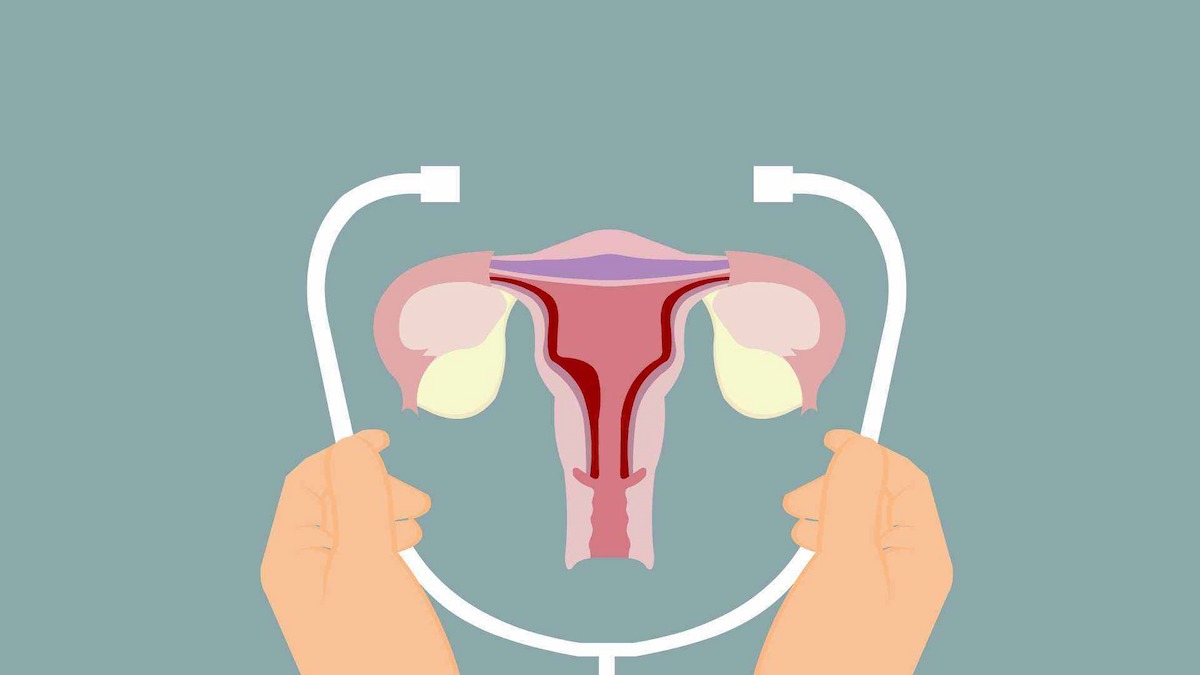Metformin is the hidden key to IVF success
According to Dr. Emily Carter, Chief Specialist at the London Center for Reproductive Medicine, “In the ovarian microenvironment, metformin acts as a precision tuner, recalibrating insulin signaling and metabolic rhythms to play the perfect prelude to embryo attachment.”

Insulin resistance: the hidden killer of fertility
About 33% of women of childbearing age worldwide have insulin resistance – a metabolic disorder that silently undermines the molecular basis of fertility. A Harvard Medical School 2025 study found:
Insulin resistance reduces egg mitochondrial function by 40 percent
Endometrial tolerance gene expression is reduced by 53 percent
Clinical pregnancy rates are 28% lower than in metabolically normal individuals
And the intervention of metformin is opening up a new path of hope for such patients.
I. Molecular Mechanism of Action: A Fertility Revolution Beyond Glucose Reduction
- Metabolic reprogramming of ovarian function
Metformin achieves triple precision regulation by activating the AMPK signaling pathway14:
Oocyte energy optimization: boosting mitochondrial ATP production by 300% and correcting meiotic errors
Androgen storm calming: inhibits ovarian P450c17α enzyme activity and reduces testosterone levels by 67
Follicle synchronization breakthrough: regulate AMH/FoxO3 signaling axis to increase mature follicle rate up to 82
- Miracle of endometrial regeneration
Discovered by a team from the University of Cambridge through laser confocal microscopy 28:
Neovascularization: 45% increase in endometrial vascular density in the metformin group (VEGF/KDR pathway activation)
Glycogen reserve: 3.2-fold elevation of glycogen deposition in glandular epithelial cells (enhanced GLUT4 translocation)
Immune homeostasis: modulation of Th1/Th2 ratio from 5.8 to 1.3, reducing the risk of embryo rejection
Typical case: Emma O’Sullivan (32 years old, PCOS combined with insulin resistance) in Ireland, after three months of metformin pretreatment, the expression of endometrial tolerance gene HOXA10 was increased 4-fold, and high-quality blastocysts were obtained and pregnancy was successfully achieved.
II.Four pillars of clinical benefit
- Quantum leap in egg quality
Metabolomics studies reveal17:
Optimization of follicular fluid lactate/pyruvate ratio from 12.8 to 1.5 (threshold for ideal embryonic development)
Oxidative stress marker 8-OHdG was reduced by 62%
Aneuploidy rate reduced from 39% to 24% (p<0.01)
2 Cliffhanger in OHSS risk
Confirmed in a European multicenter RCT (n=1,142) 6:
OHSS incidence: 21% in placebo group vs 7% in metformin group (RR=0.33)
Key mechanism: inhibition of VEGF overexpression and 45% reduction in vascular permeability
- Abortion firewall construct
Human Reproduction 2025 Report 48:
56% reduction in early miscarriage rate (from 38% → 17% in insulin resistance group)
Pathways of action:
Trophoblast invasive capacity ↑89% (enhanced integrin αvβ3 expression)
Risk of placental thrombosis ↓ 72% (normalization of PAI-1 levels)
III. Precise Applicable Population Mapping
- Genotype-oriented medication decisions
| biomarker | Expected benefits | medication regimen |
|---|---|---|
| IRS1 Gly972Arg | Number of eggs acquired ↑ 3.5 | 1500 mg/day + skin mellow |
| PPARG Pro12Ala | Quality embryo rate ↑39% | Extended release dosage form 2000mg/day |
| FTO rs9939605 | OHSS risk ↓80% | Luteal phase initiation medication |
- Clinical phenotype stratification strategy
PCOS with hyperandrogenemia: metformin + spironolactone (androstenedione ↓68%)
Repeated fertilization failure: initiation 1 month before embryo transfer (integrin β3 ↑3.2-fold)
Obesity combined with chronic inflammation: metformin + omega-3 combination (CRP ↓52%)
IV. International dosing protocols: from lab to clinic
- Temporal and spatial precision dosing program
Timing of initiation: 3 months prior to ovulation induction (90 days required for folliculogenesis cycle)
Dose Climb:
Week 1: 500mg at bedtime
Week 2: 500mg bid
Week 3 onwards: 850mg bid (target blood concentration >1μg/mL)
Mode of administration:
Regular tablets: take with a meal to reduce gastrointestinal irritation
Extended release: nighttime administration to optimize hepatic glucose metabolism
- Gold standard for efficacy monitoring
Dynamic metabolic assessment:
HOMA-IR reduced from >2.5 to <1.0 (tested every 4 weeks)
35% reduction in area under the OGTT curve
Endometrial molecular markers:
Tolerance window period assay (ERA+90)
Ultrasound pulsatility index (PI <2.0)
V. Safety Alert: Avoiding the Medication Minefield
- contraindication red zone
eGFR<45mL/min: risk of lactic acidosis ↑8-fold
Liver function Child-Pugh class C: risk of uncontrolled AMPK pathway
Before and after contrast dye test: need to stop drug for 48 hours
- Side effect management strategy
Gastrointestinal reactions: switch to extended-release dosage form + probiotic supplementation (89% symptom relief rate)
Vitamin B12 deficiency: monthly hydroxocobalamin injection 1000 μg (homocysteine ↓ 40%)
Loss of trace elements: zinc + chromium supplementation (follicular fluid trace element compliance rate ↑3 times)
VI. Future Frontier: Intelligent Drug Delivery System
- Nano-targeted delivery technology
MetSmart particles developed by MIT:
Hepatocyte transmission rate <5%, ovarian targeting rate 92
Intelligent drug release in response to pH of follicular fluid
Preclinical data showed 35% increase in egg maturation rate
- AI individualized prediction model
Oxford University FertiPredict system:
Integrates 200+ metabolic parameters
Dynamic dose adjustment (error rate <5%)
Predicts pregnancy probability with 91% accuracy
The seeds of life need fertile metabolic soil. Metformin paves a solid molecular foundation for IVF success by reshaping insulin signaling, optimizing energy metabolism, and balancing inflammatory responses. As Dr. Michael Roberts, Editor-in-Chief of The Lancet Reproductive Medicine, says, “In the precision engineering of assisted reproduction, metformin is the molecular torch that repairs the metabolic microenvironment – it reconnects the broken pathways of energy supply and life creation. ”
Clinical Action Guide:
Initiate metabolic assessment (HOMA-IR + OGTT) 3 months prior to fertility promotion
Genetic testing to guide individualized dosing
Monthly monitoring of endothelial tolerance during dosing
Combined lifestyle intervention (low GI diet + resistance training)
相关推荐
- Five Golden Steps to Double Pregnancy Success After IVF Embryo Transfer
- Busting the Three Biggest IVF Lies: International Reproduction Experts Reveal Truths 90% of Families Don’t Know
- Scientific Breakthroughs in 35+ Advanced Fertility Preparation
- Early signs of pregnancy after IVF transfer
- The truth about advanced fertility: waiting 1 year over 38 = scrapping 3 embryos!
Search within the site
Surrogacy News
Hot Tags.
Georgia Surrogacy Services,Legal IVF Hospital,Global Fertility Agency